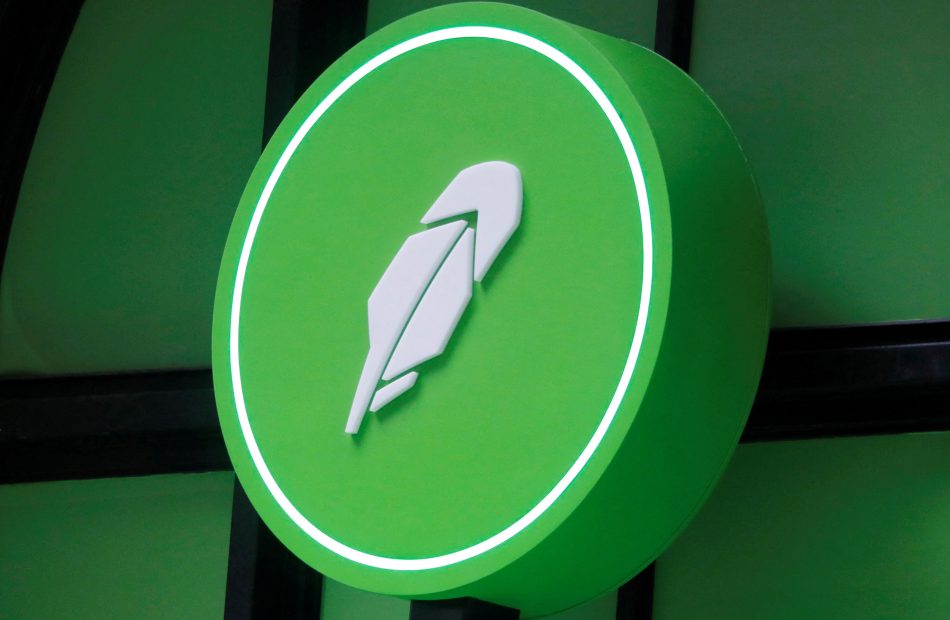Chart of the Week: Robinhood's earnings showed investors' love affair with options is growing
This is The Takeaway from today’s Morning Brief, which you can sign up to receive in your inbox every morning along with:
One of the biggest changes in investing over the last couple of decades has been the rise in popularity of passive funds as more and more people follow Warren Buffett’s advice to log out of their accounts and simply invest in the S&P 500.
And while this has happened, something else is going on at the other end of the spectrum. In what appears to be a classic barbell-shaped pattern, risk tolerance is both getting more sensible and more risky at the same time.
Options trading is reaching fresh highs for popularity — and it’s playing a greater financial role at brokerages like Robinhood. The company, which just published its quarterly results this week, saw trading volume surge, and with it came a significant jump in options revenue.
As you can see from our Chart of the Week, it’s up to $202 million for the third quarter — and it’s pulled away from the revenue from stock trading.
Robinhood’s innovative free trading transformed the brokerage industry, making the no-cost transactions ubiquitous. And with the key barrier to making moves gone, price-sensitive retail investors piled in, likely aided by stimulus checks. As trading grew significantly, investors also explored derivatives and margin.
“Retail participation in options market trading rose sharply during the pandemic, peaking at 48% in July 2022. While it has bounced around since then, it hit 45% in July 2023,” wrote NYSE’s director of research, Steven W. Poser, late last year. “This data suggests that substantial retail options trading is here for the foreseeable future.”
At the same time, Robinhood continuously beat the drum that it was a place for set-and-forget index fund investors, which was also true. There’s evidence that its retail investors also helped stabilize the market during the 2020 pandemic crash by buying the S&P 500’s dip.
These two things, however, are very different. While the S&P 500 is composed of volatile stocks that are subject to big fluctuations that require risk tolerance, there’s no debate that throwing your lot in with them is an investment. If there are wounds, time will almost certainly heal them.
But options trading, though traditionally used to hedge risk, is an easy way to speculate and place high-risk, high-payout bets. And as is the case with certain types of leveraged investing, the downside can be infinite. As Merrill Lynch’s website notes, “If you write an uncovered call, you face unlimited potential loss, since there is no cap on how high a stock price can rise.”




Leave a Reply